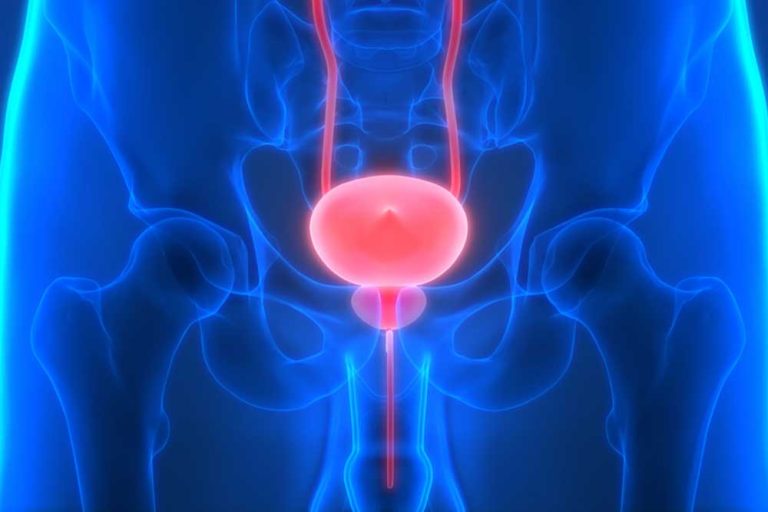Urolift surgery for the treatment of benign prostatic hyperplasia
Bladder lift is a direct procedure that uses small UROLIFT implants to lift enlarged prostate tissue out of the way so that it does not block the urethra. The procedure does not involve any removal of prostate tissue or any cutting.

Who is a candidate for a bladder tightening procedure?
For men over 50, benign prostatic hyperplasia (BPH) is one of the most common prostate problems and for most, medication is often the first choice of treatment.
Bladder tightening is ideal for patients with a relatively small to medium size prostate gland who do not wish to take a daily dose of medication.
How does a UROLIFT bladder lift work?
The UroLift system uses a revolutionary approach to the treatment of benign prostatic hyperplasia where the device is unique in that it does not destroy tissue. Rather, it puts pressure on the normal tissues that block the urethra, resulting in improved urine flow
What are the procedure steps:
First the UroLift Delivery device is placed through the blocked urethra to reach the enlarged prostate. Then UroLift mini implants are permanently placed to lift the enlarged prostate tissue out of the way and increase the opening of the urethra. Finally, the UroLift Delivery device is removed, leaving the urethra open and relieving symptoms.
What are the advantages and benefits of “UROLIFT” bladder tightening treatment?
Benign prostatic hyperplasia (BPH) can have a negative impact on a man’s quality of life so UroLift treatment benefits (particularly for younger men) include relief from troublesome urinary symptoms and preservation of ejaculation. It has a faster recovery time and return to daily activities compared to more invasive procedures (especially since the procedure is performed in the office under local anesthesia) and:
- It does not cause erectile dysfunction
- Minimally invasive treatment
- Get permanent results
- Rapid relief of symptoms and recovery
- Significant improvement in quality of life
What is the prostate?
The prostate is a walnut-sized gland in men that lies below the bladder and surrounds the urethra, the tube that carries urine from the bladder to the outside of the body.
What is benign prostatic hyperplasia (BPH)?
It is a condition in which the prostate gland becomes too enlarged and may cause problems with urination, such as blocking or reducing the flow of urine. Symptoms related to BPH appear in about 25% of men by the age of 55, and in 50% of men by the age of 75. But treatment becomes necessary only if the symptoms are bothersome.
What are the symptoms of benign prostatic hyperplasia?
Each patient may have symptoms individually or in combination but the most common symptoms of benign prostatic hyperplasia (BPH) include:
- urine leakage
- Frequent urination during the night
- Urgency to urinate
- inability to urinate
- Discomfort
BPH rarely causes symptoms before the age of 40.
More than half of all men in their 60s experience some symptoms of BPH.
Up to 90% of men in their 70s and 80s experience some symptoms of BPH.
How is benign prostatic hyperplasia diagnosed?
An enlarged prostate is sometimes diagnosed during a routine rectal exam. BPH can also be diagnosed using common tests such as a urinalysis, flow urine study, cystoscopy, or transrectal ultrasound.
Urolift surgery for the treatment of benign prostatic hyperplasia
The medical staff of the surgical teams, doctors and consultants at the Health and Beauty Hospital can provide the best treatment options and free consultations – through their relentless pursuit of keeping abreast of the latest technologies and medical methods.

